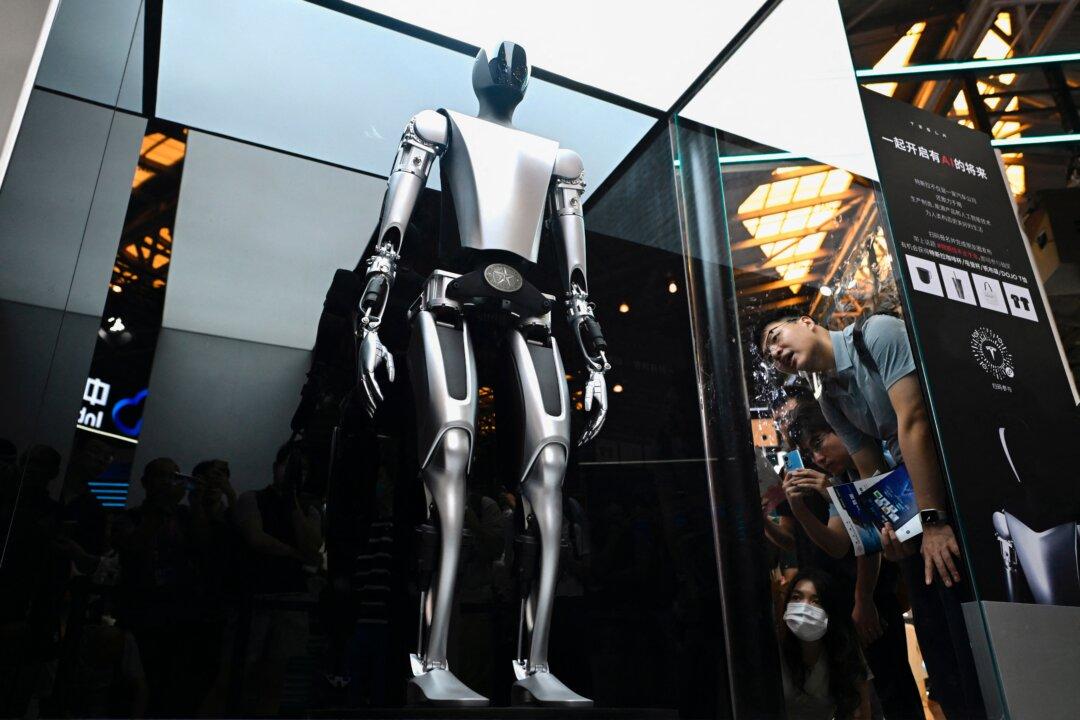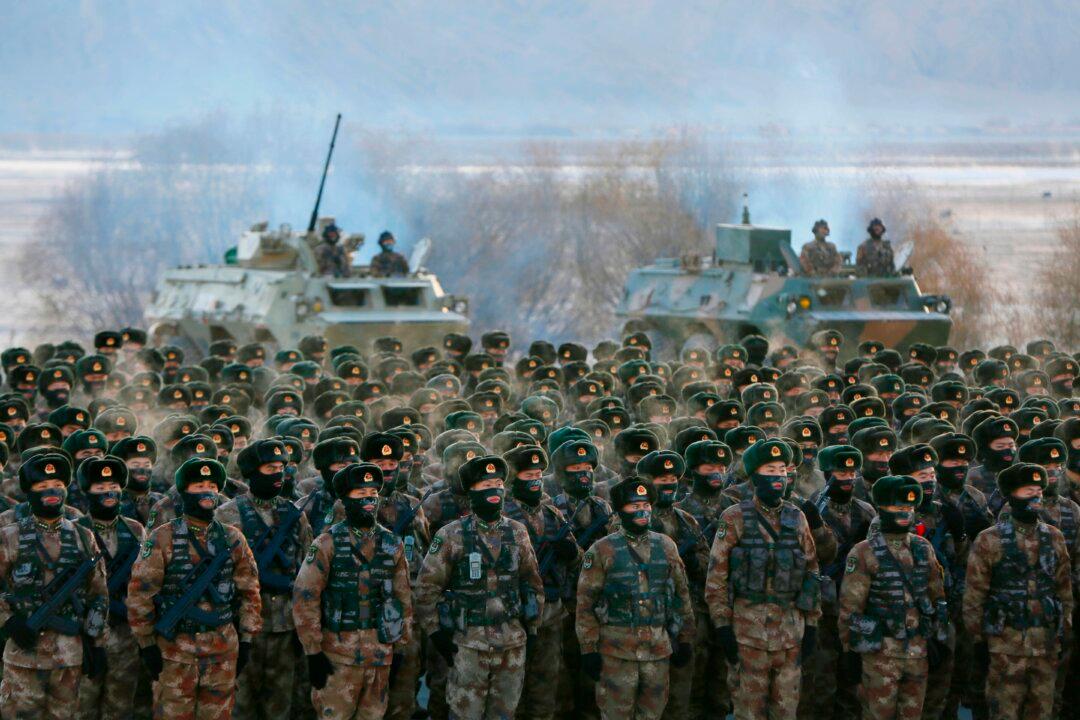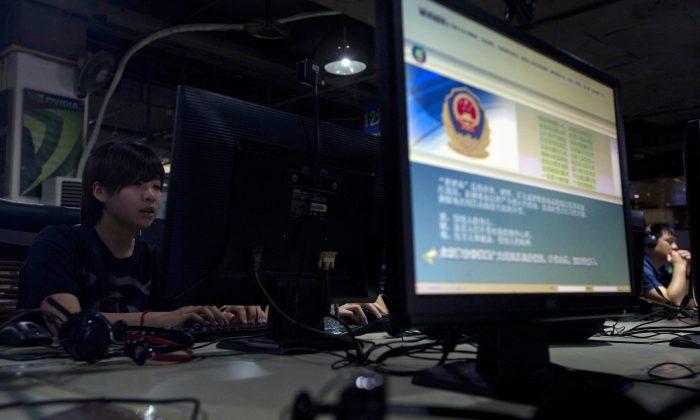Commentary
The
World Robot Conference, held in Beijing from Aug. 21 to Aug. 25, was organized by the Chinese Communist Party (CCP) to showcase the
massive leaps that China’s robotics industry has made over the past years.
The CCP broadcasted claims that
China’s humanoid robots are “catching up fast with global rivals.” This includes
incorporating artificial intelligence (AI) into some of its robots, which already entail bespoke military capabilities.
China’s humanoid robots on display at the conference could easily be equipped with weapons, and probably already have been. The People’s Liberation Army has demonstrated
armed flying drones and quadruped
AI robots that resemble dogs with
machine guns mounted to their backs. The killer
robot dogs can reportedly fire their weapons autonomously.
China’s rapid rise in robotics is state-directed and subsidized to the tune of more than $1.4 billion, according to an official announcement in 2023. In 2012, China installed fewer than 15 percent of industrial robots globally. By 2022, its share had increased to more than 50 percent, with China installing more than 250,000—the most in the world. By comparison, Japan and the United States installed just about 50,000 and 40,000, respectively.
In 2016, a Chinese company bought Germany’s Kuka, one of the world’s three leading industrial robot makers. The other two are Japan’s Fanuc and Switzerland’s ABB. Tesla is also a leading robot maker. It plans to deploy 1,000 humanoid Optimus robots in Tesla factories in 2025. Given the close connections of all four of these companies to China, there is a significant risk of technology transfers and IP theft, further driving China’s rapid rise in the robotics space.
On March 25, a Chinese company called
LimX Dynamics revealed an advanced biped robot that navigates rocky, grassy, hilly, and other challenging terrains in a mountainous region of China. A video shows the biped being pulled and beaten around the legs by a trainer with a club, but it rapidly adjusts to such attacks and maintains its stance. While the robot is relatively short at just 2.5 feet, it could easily be scaled to smaller or larger sizes depending on the intelligence, military, or crowd-control application.
The regime in China has
mandated that robots be human-friendly, including safeguarding human dignity and not threatening human security. It promotes robots as
domestic help,
caregivers to the elderly, and
doctors that will reportedly treat 3,000 patients per day. However, the CCP has novel interpretations of such concepts as human rights, which it regularly subordinates to its primary goal of regime stability and the expansion of its own power.
This raises concerns about whether the CCP will use its vast number of industrial, humanoid, canine, and other robots for such authoritarian purposes, including abroad to the extent that the robots are exported. Experts are already concerned that internet-connected electric vehicles (EVs) could be
hacked and transformed into remote-controlled weapons. China’s exported EVs and robots could be seen in Beijing as a dual-use sleeper army of sorts that can
surveil or attack an adversary. Some of China’s domestic robots can already engage in
martial arts. They could also be designed with hidden military capabilities and security backdoors that would make them hackable and militarily effective for the regime in Beijing.
This is of concern, given that China is already exporting inexpensive dog robots equipped with cameras and microphones for as little as
$540 each. That price puts them within reach of almost any consumer from the United States and our allies. Humanoid household helper robots can now be had for as little as
$16,000 apiece. Consumers in the United States and our allies may want to purchase these robots, but experts say they could be
hacked and used to harm or kill an owner.
If hacked on a mass scale, a sleeper army of insecure robots in the United States, Taiwan, or other countries could assist the CCP in extending its authoritarian influence, violating human rights, committing genocide, or executing a military conquest such as over Taiwan. U.S. robotics firms, such as
Boston Dynamics, have released videos of robots that are potentially more advanced than those found in China. However, Beijing could hack these robots as well.
The CCP may be hiding its robotics capabilities
as much as it hides its superior supercomputer capabilities. The CCP can use Boston Dynamics as inspiration. It has already consciously used companies with more advanced technologies, such as Tesla, as a “catfish” to spur more rapid development in China.
If AI were to ever
escape human control in a breakout, which many AI experts worry about, it could potentially hack many of the world’s robots and much of the world’s internet of things (IoT), thus expanding AI’s ability to surveil the environment and act in it physically and autonomously.
Even if the risk of an AI breakout or mass CCP hack of U.S. robots and IoT has a low probability of ever becoming a reality, its high cost is such that regulations and
legislation are being proposed in the United States and elsewhere. These are meant to address what is known as a “black swan” event that is of low probability but high cost and, therefore, a risk to be mitigated.
Rep. Vern Buchanan (R-Fla.), for example, recently proposed an amendment requiring an annual Pentagon report on threats to the United States from China’s AI military technology, including armed AI robot dogs. The amendment passed the House without a single opposition vote from either party.
Deterring China’s use of the dangerous combination of AI and military robotics—and the arms race it starts—requires more than just military innovation on our part. It requires removing the CCP from its control of the world’s most powerful manufacturing base in China so that all countries can back away from the brink of developing ever more powerful and unregulated AI-enabled military robotics. Given that the CCP is averse to arms control and can’t be trusted even if it is welcomed as much, that can be done through no less than an ethical sea change in China that most likely will require its democratization.
Views expressed in this article are opinions of the author and do not necessarily reflect the views of The Epoch Times.







